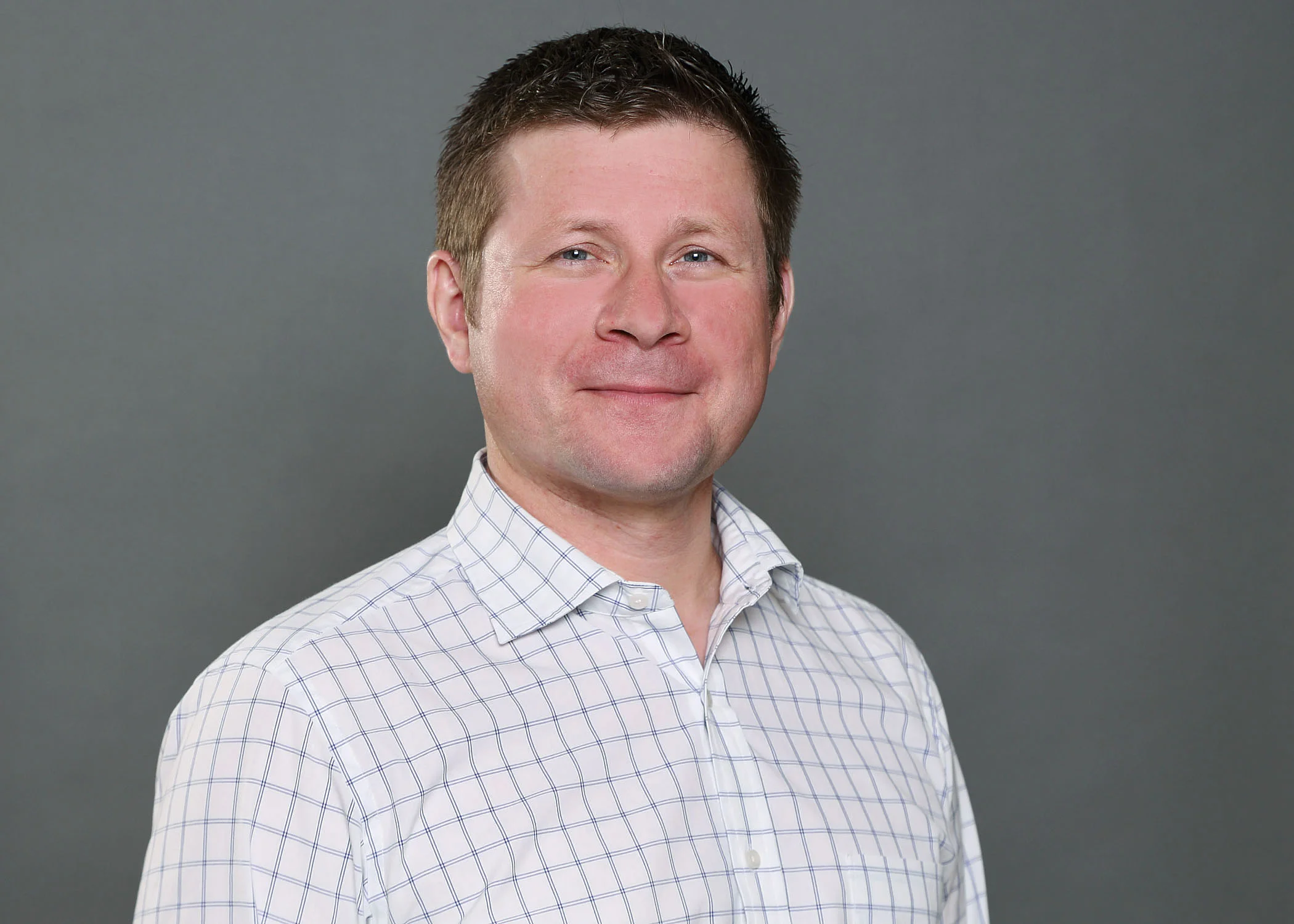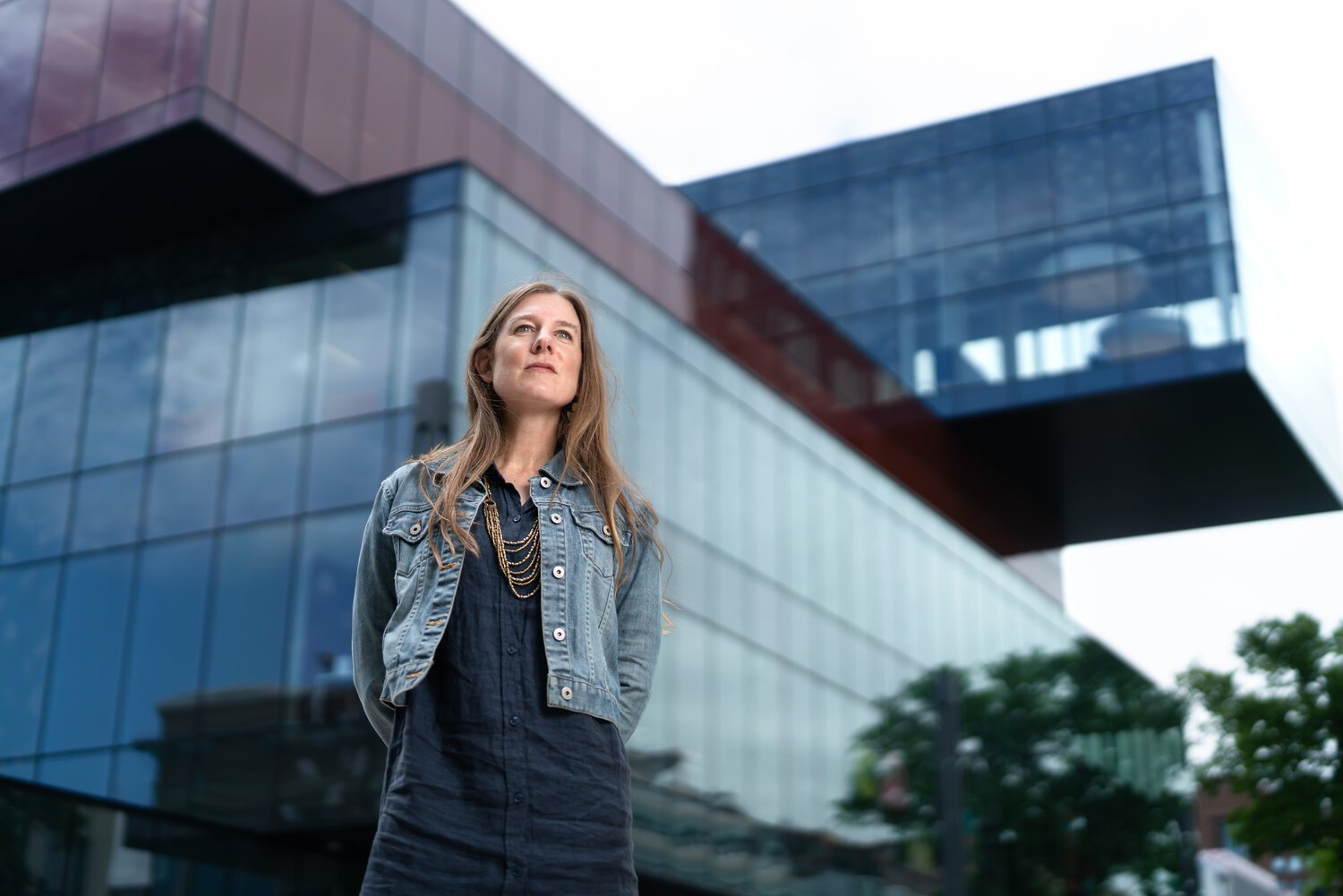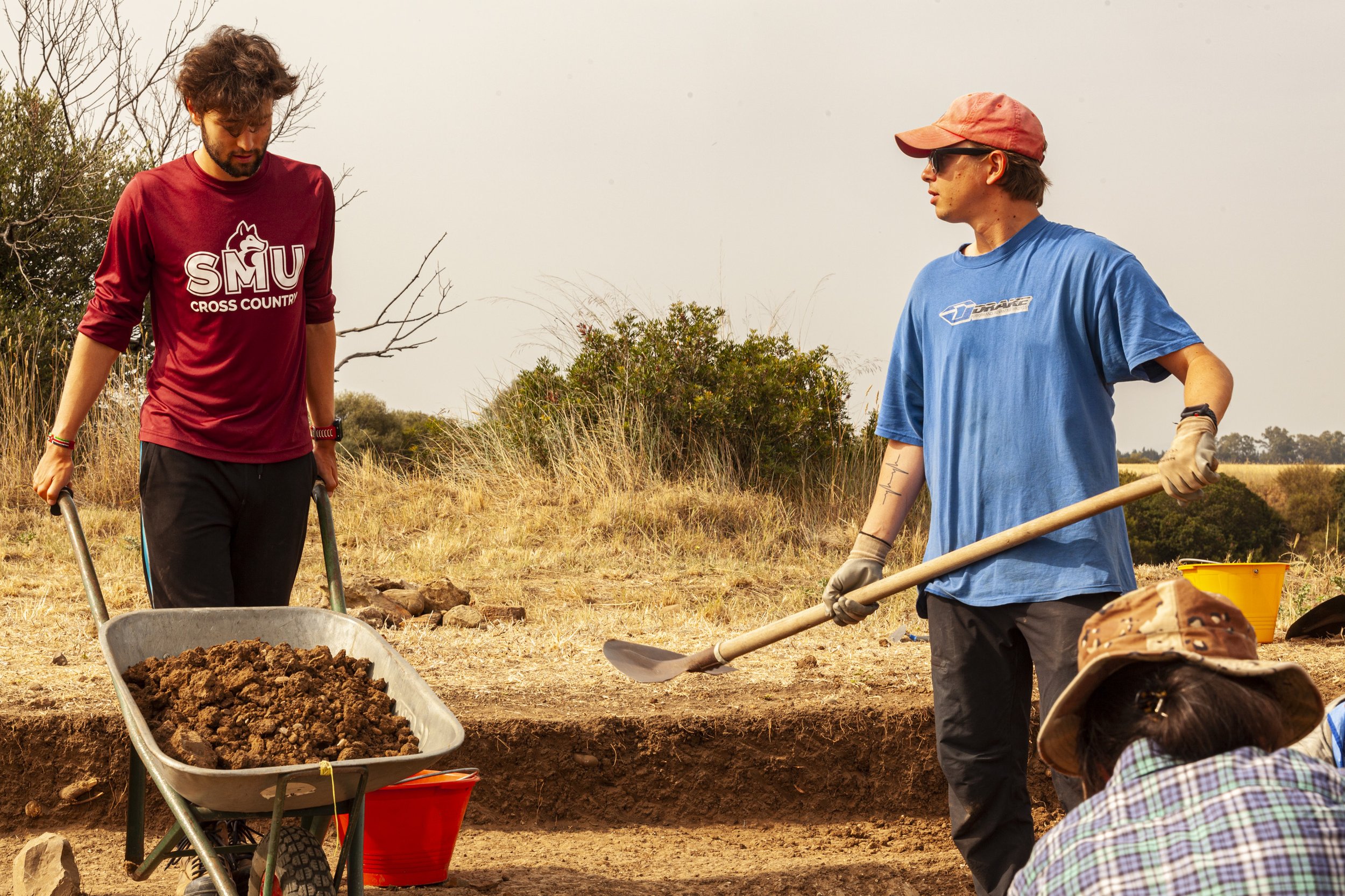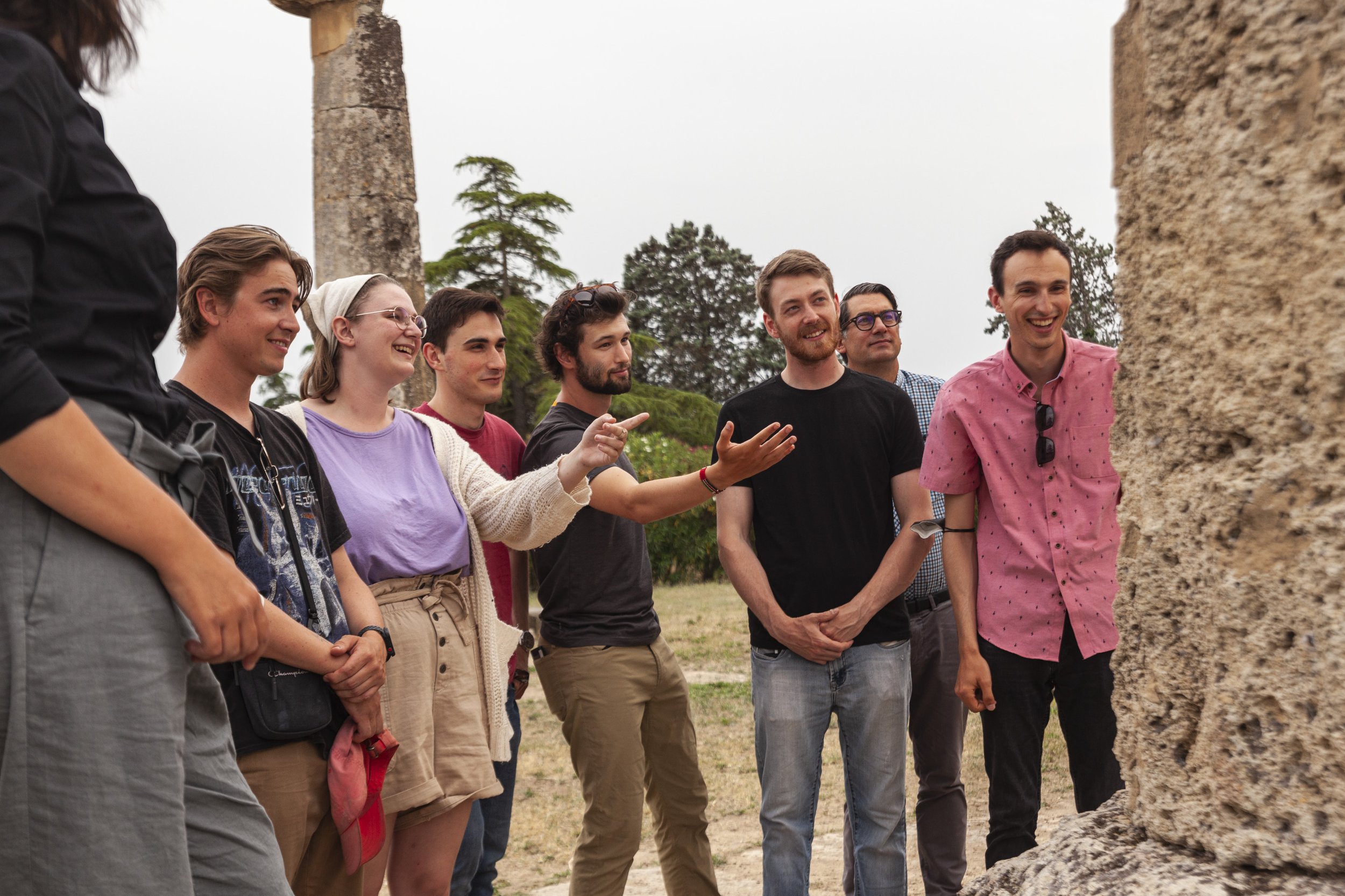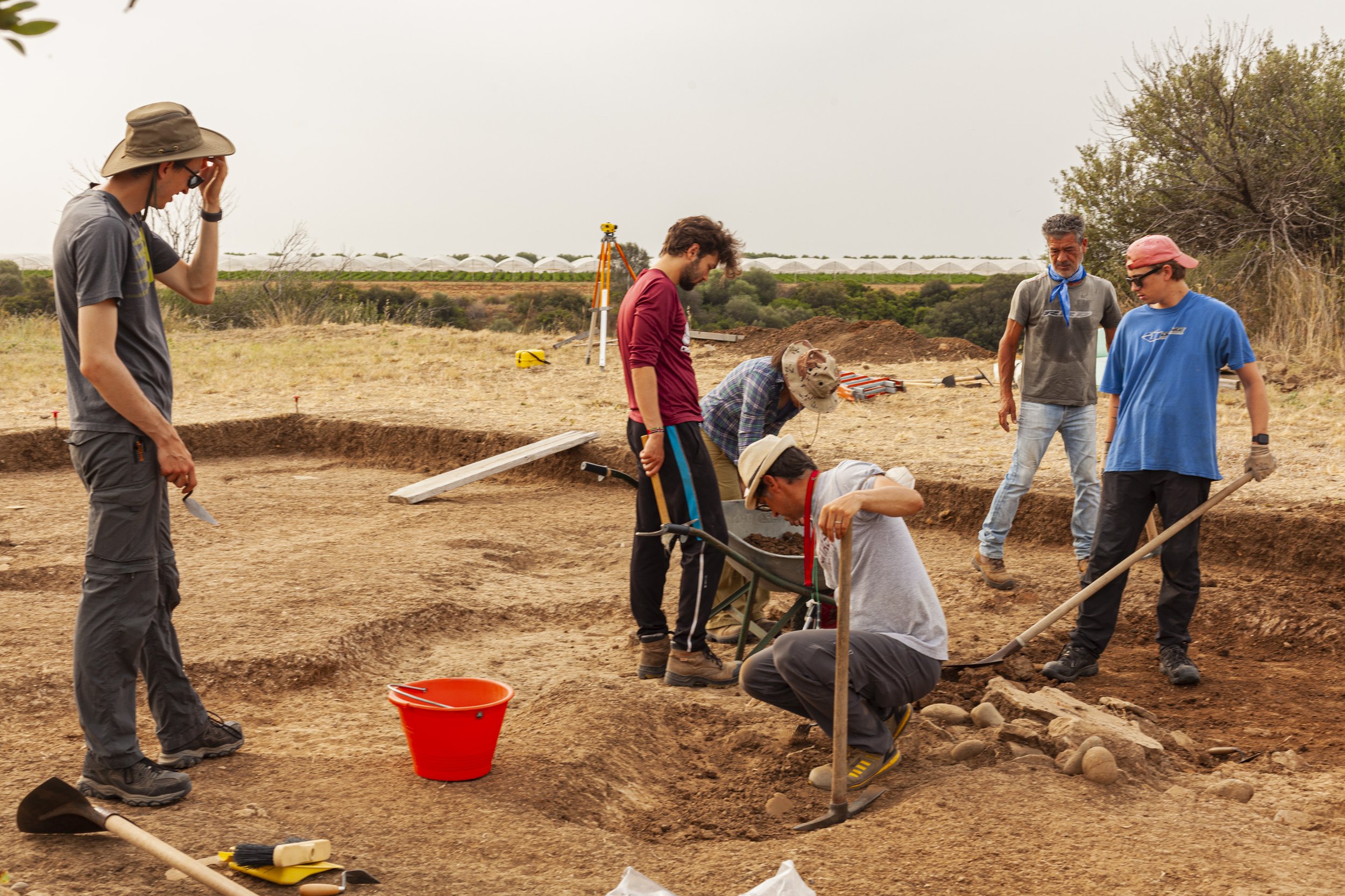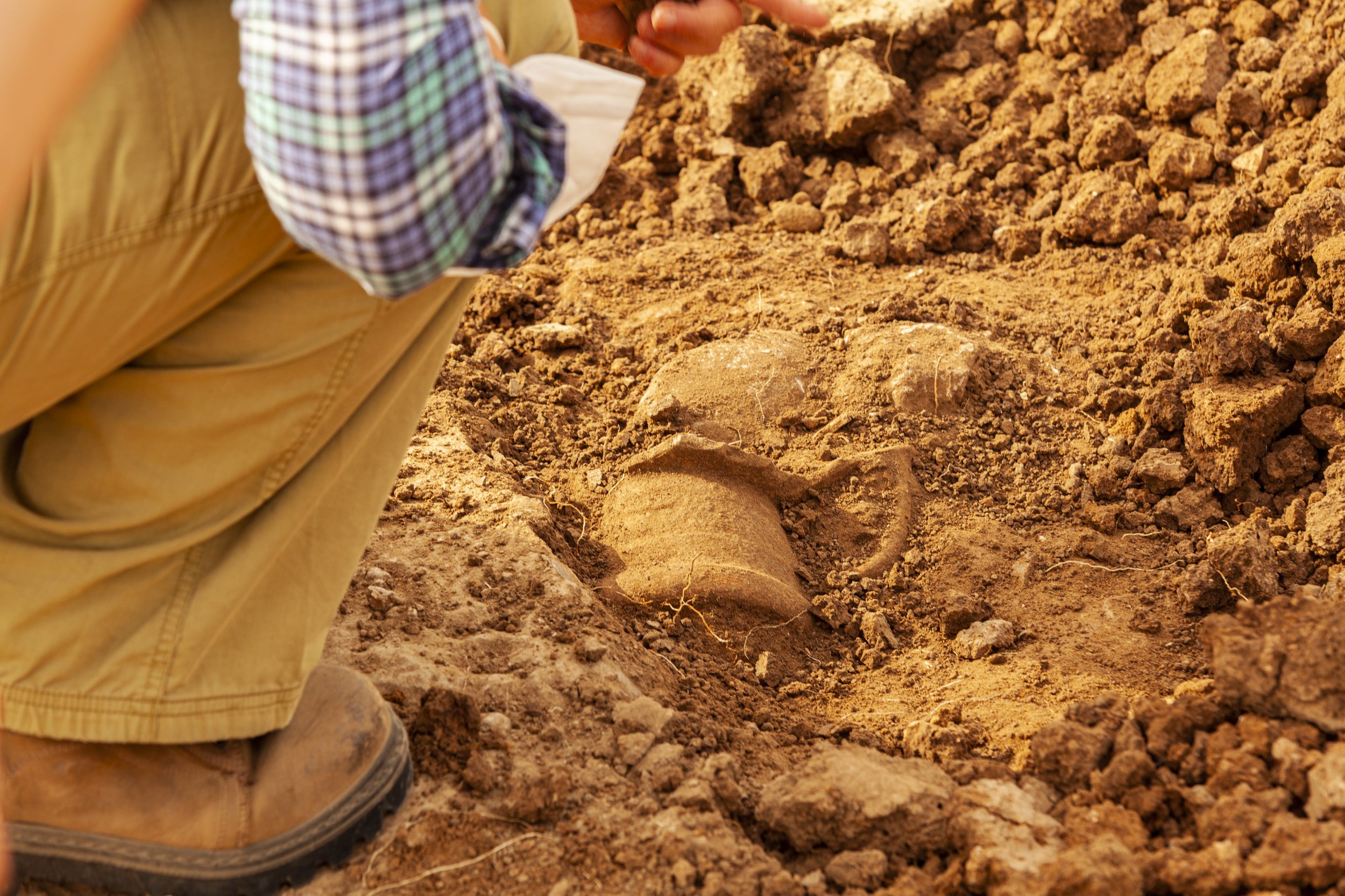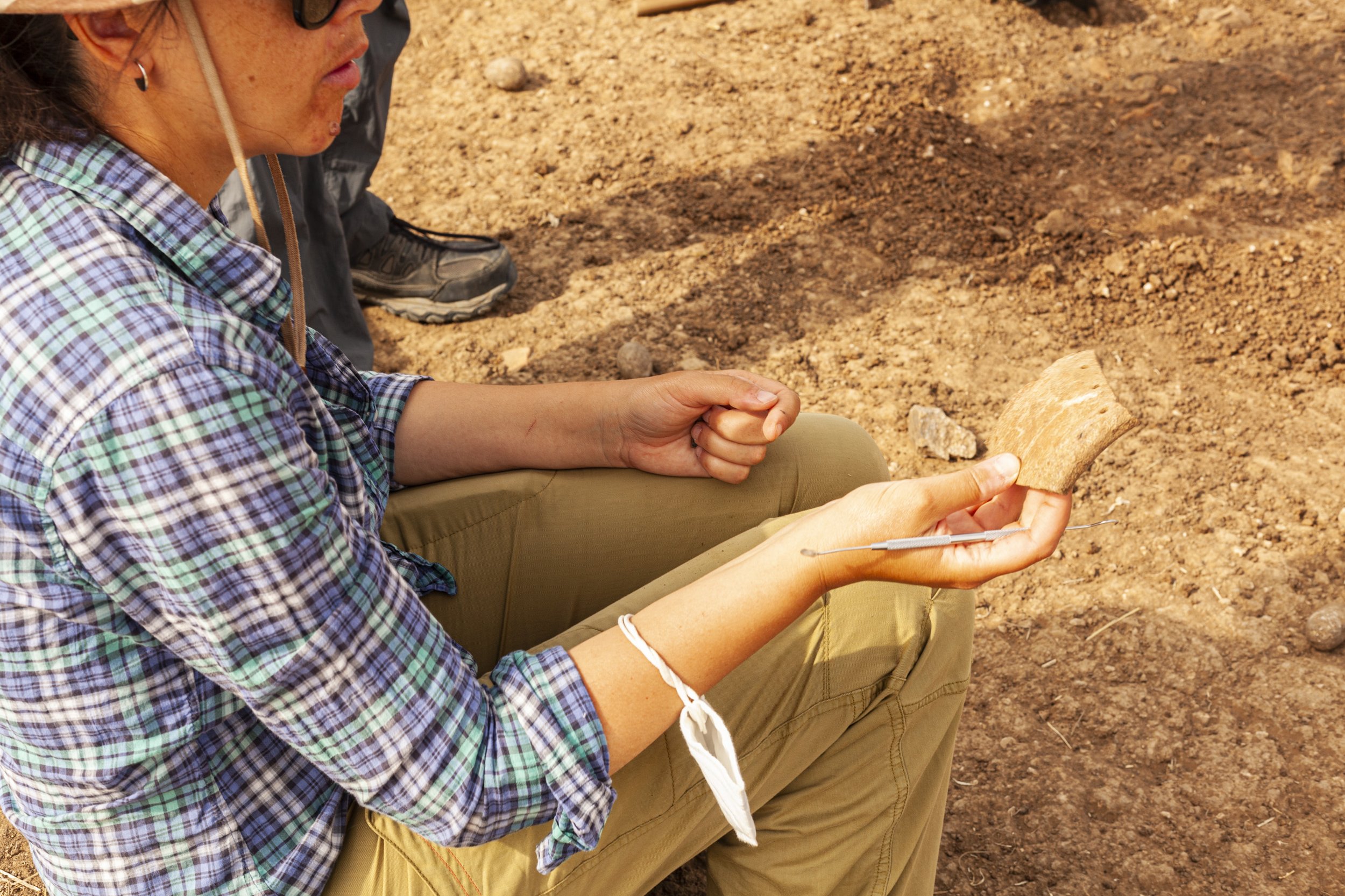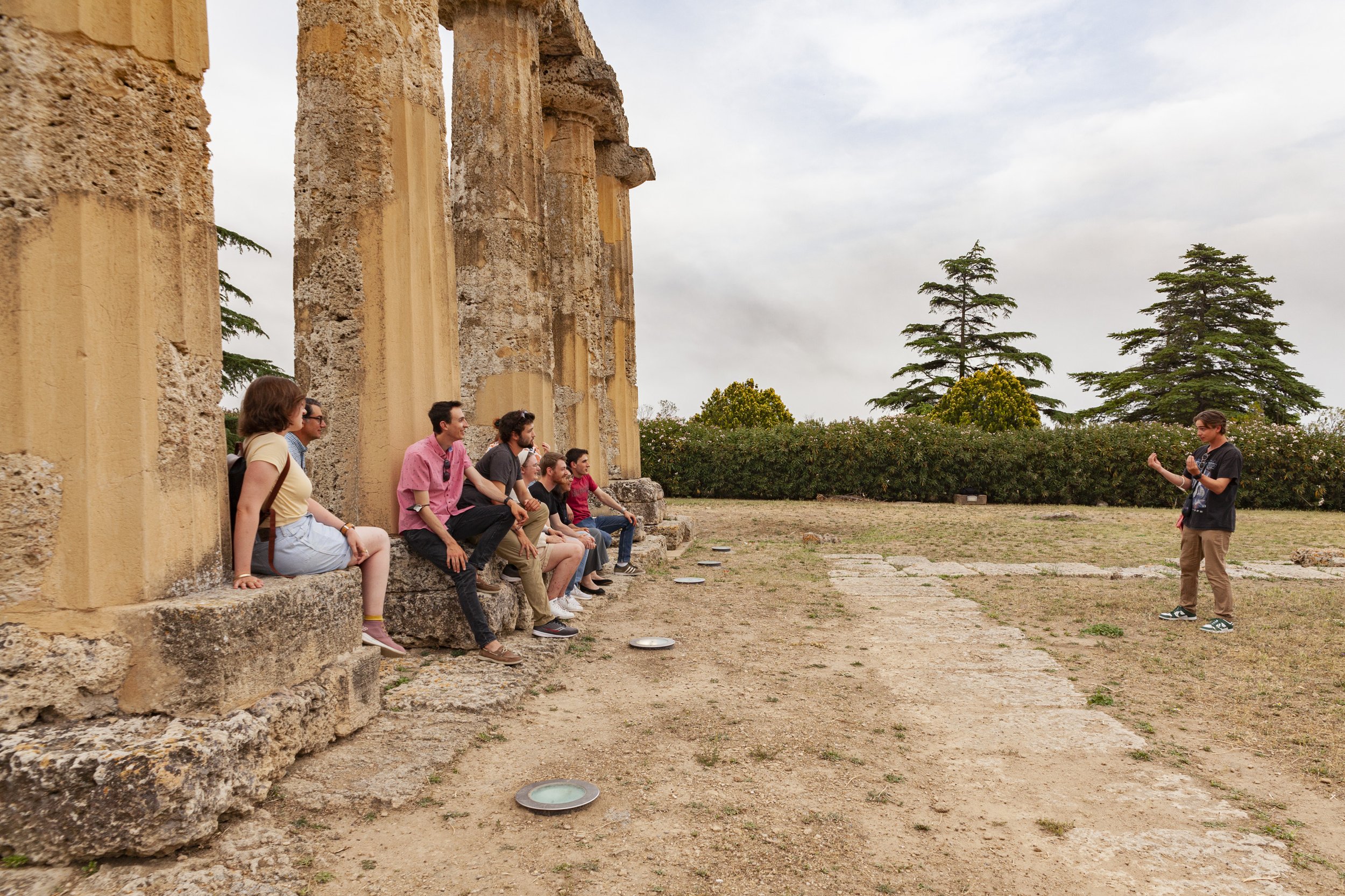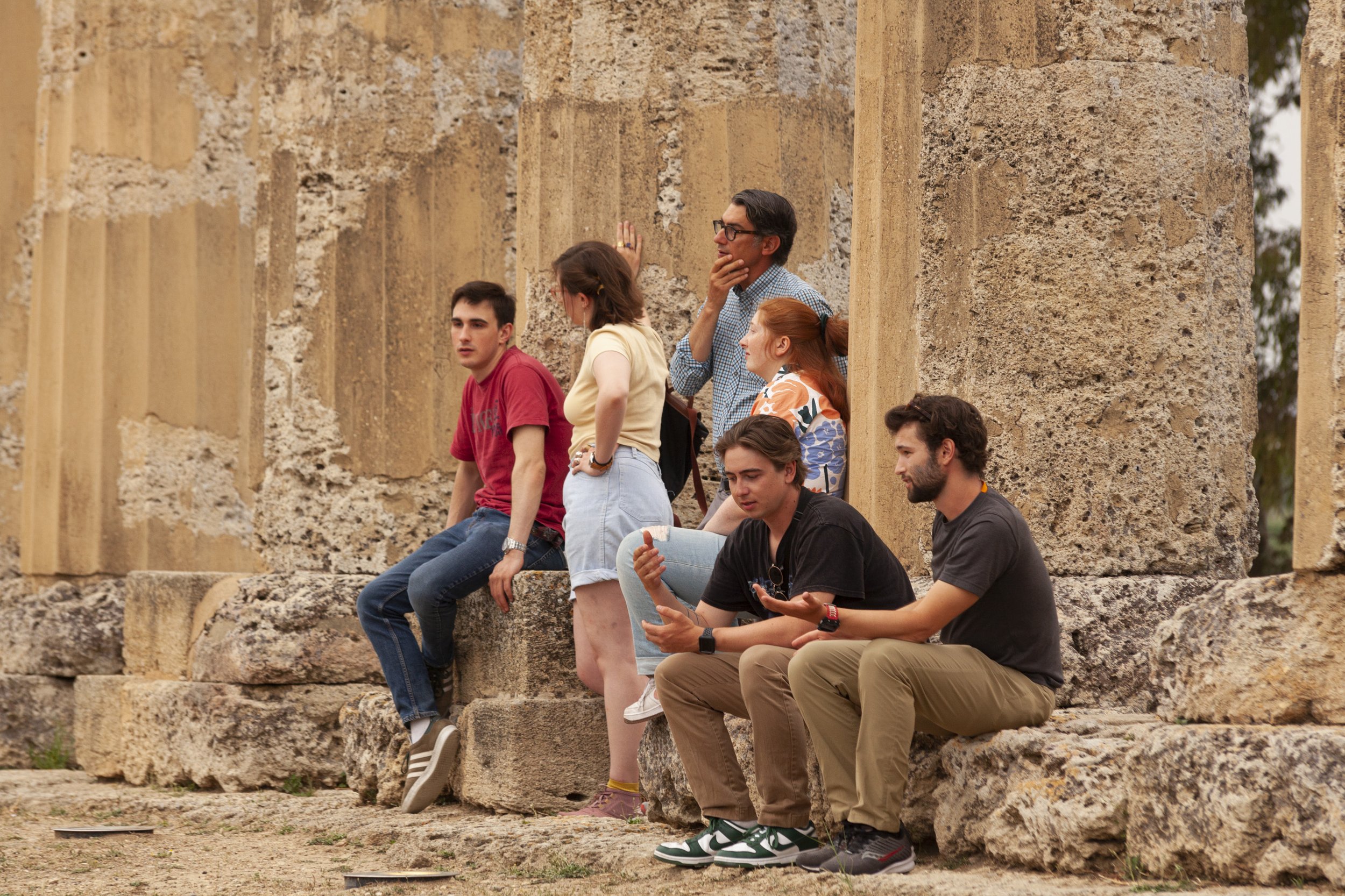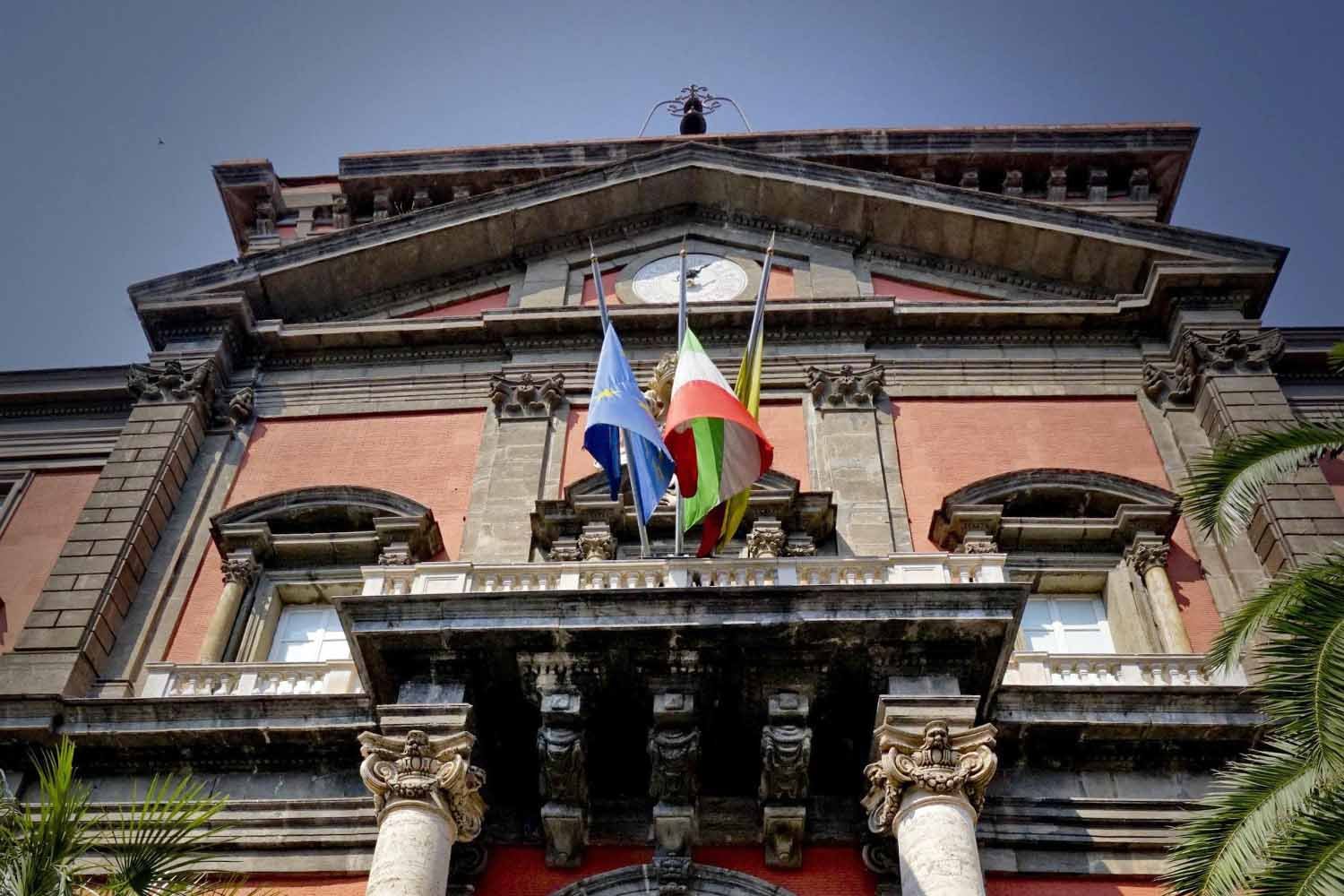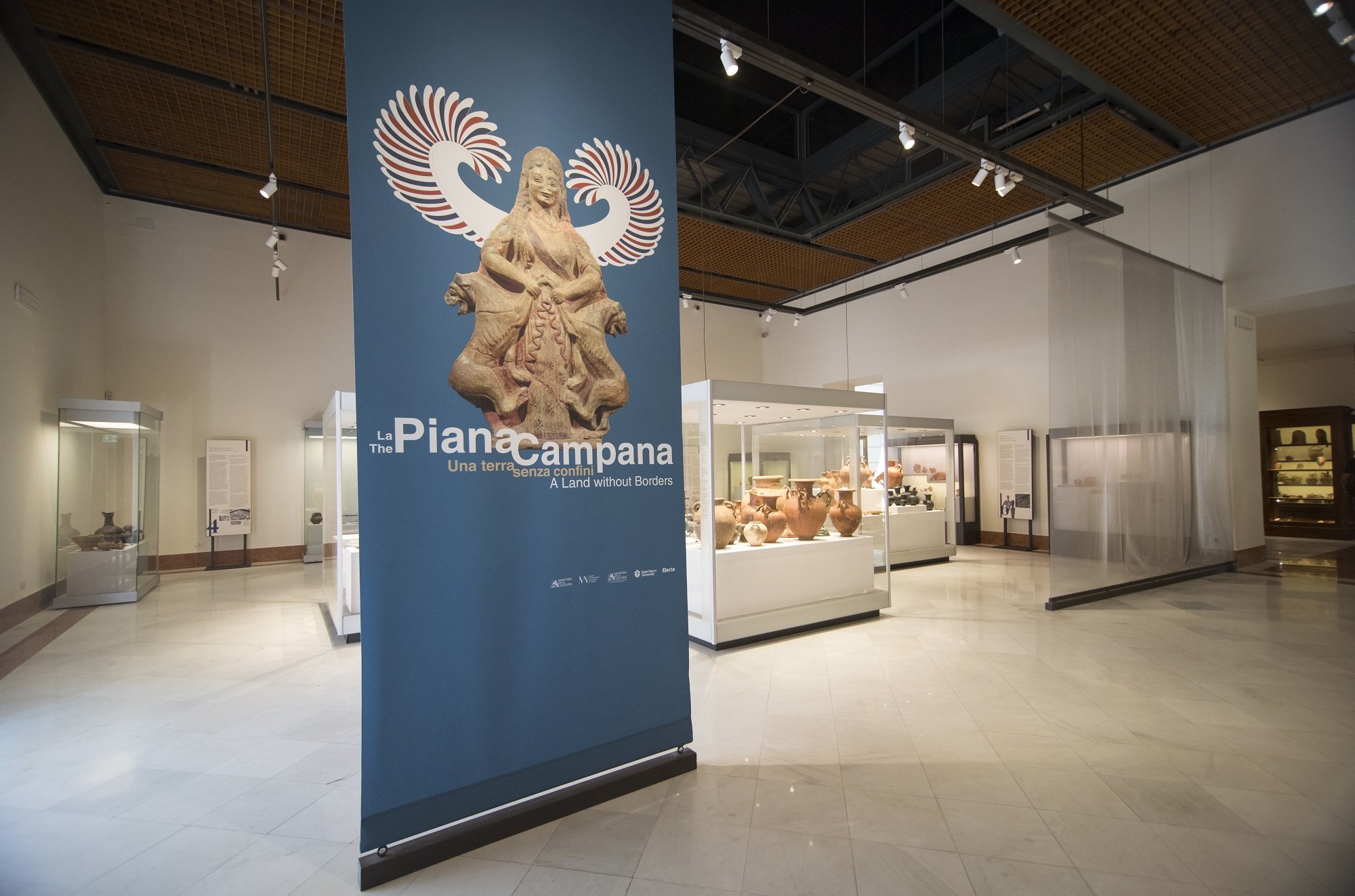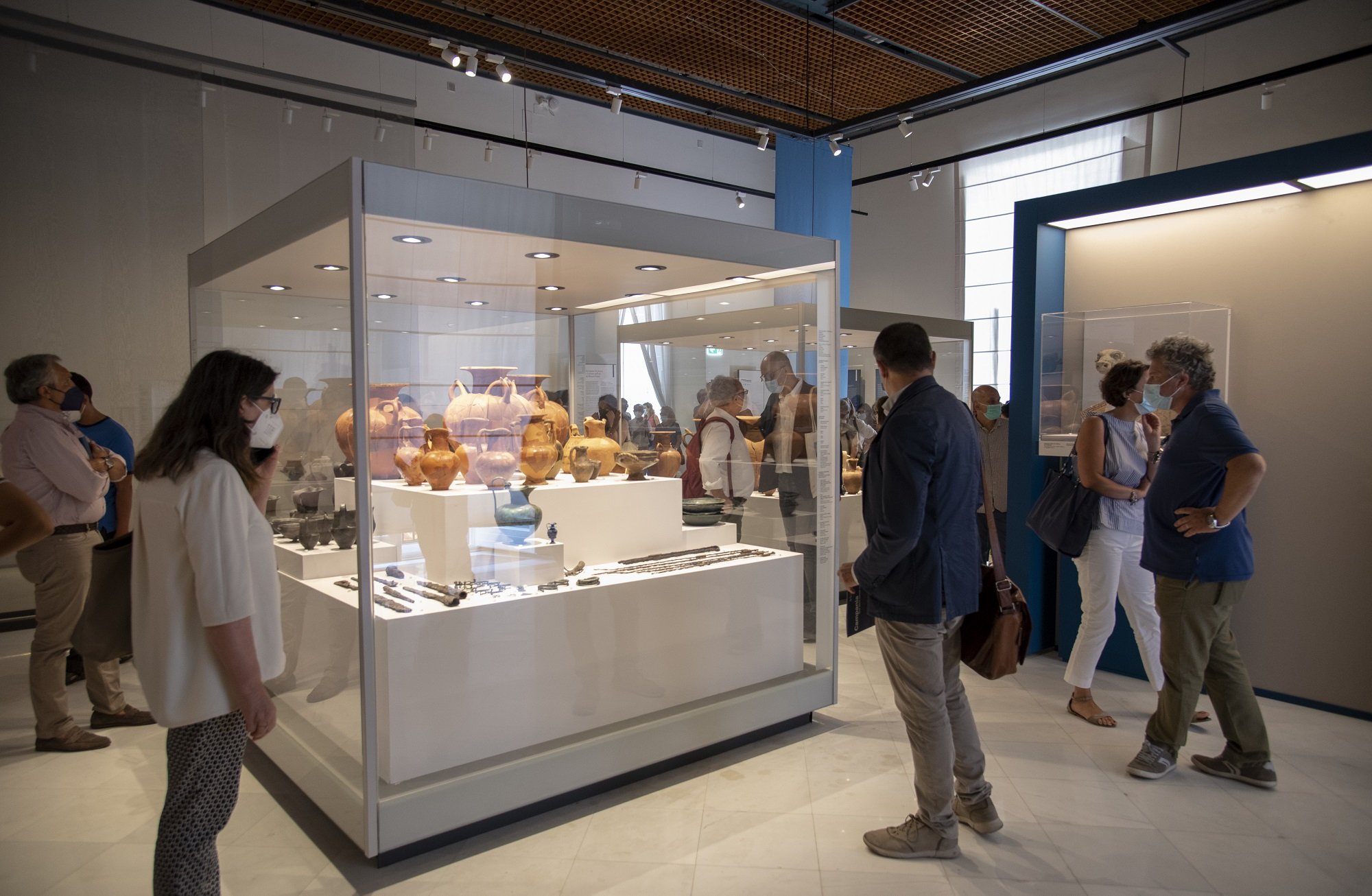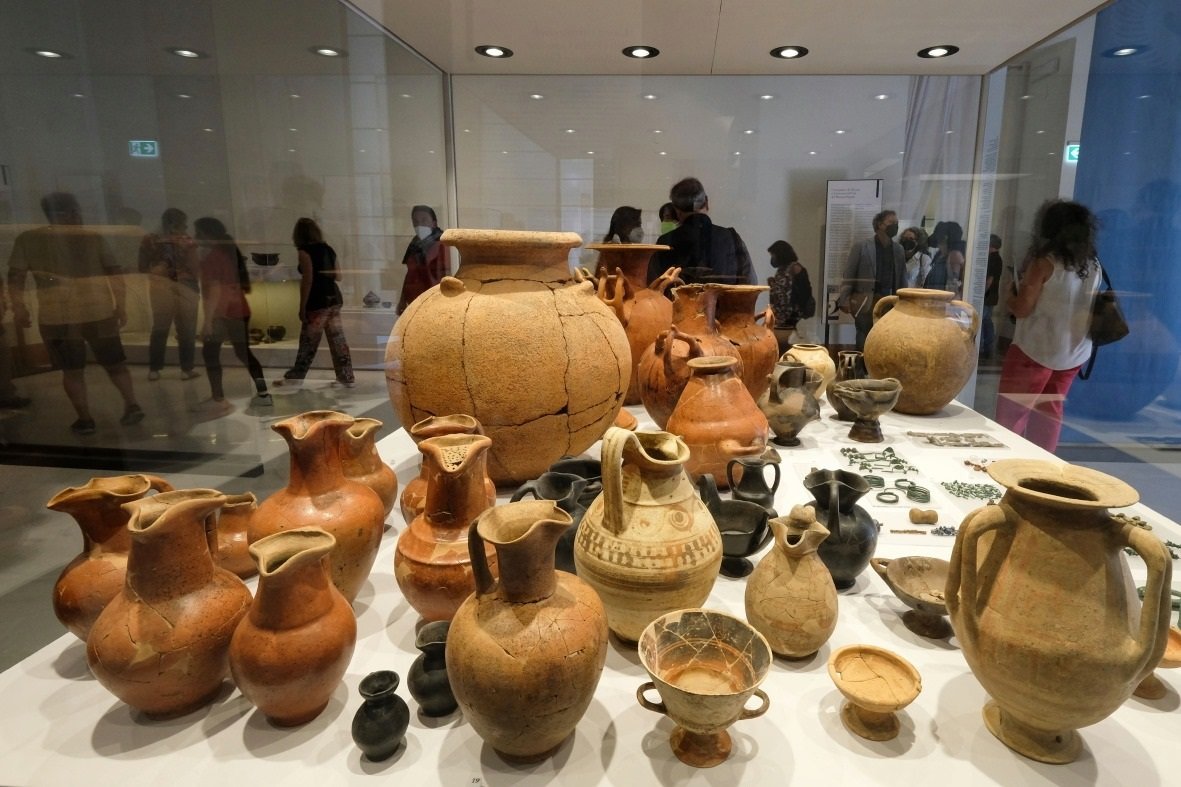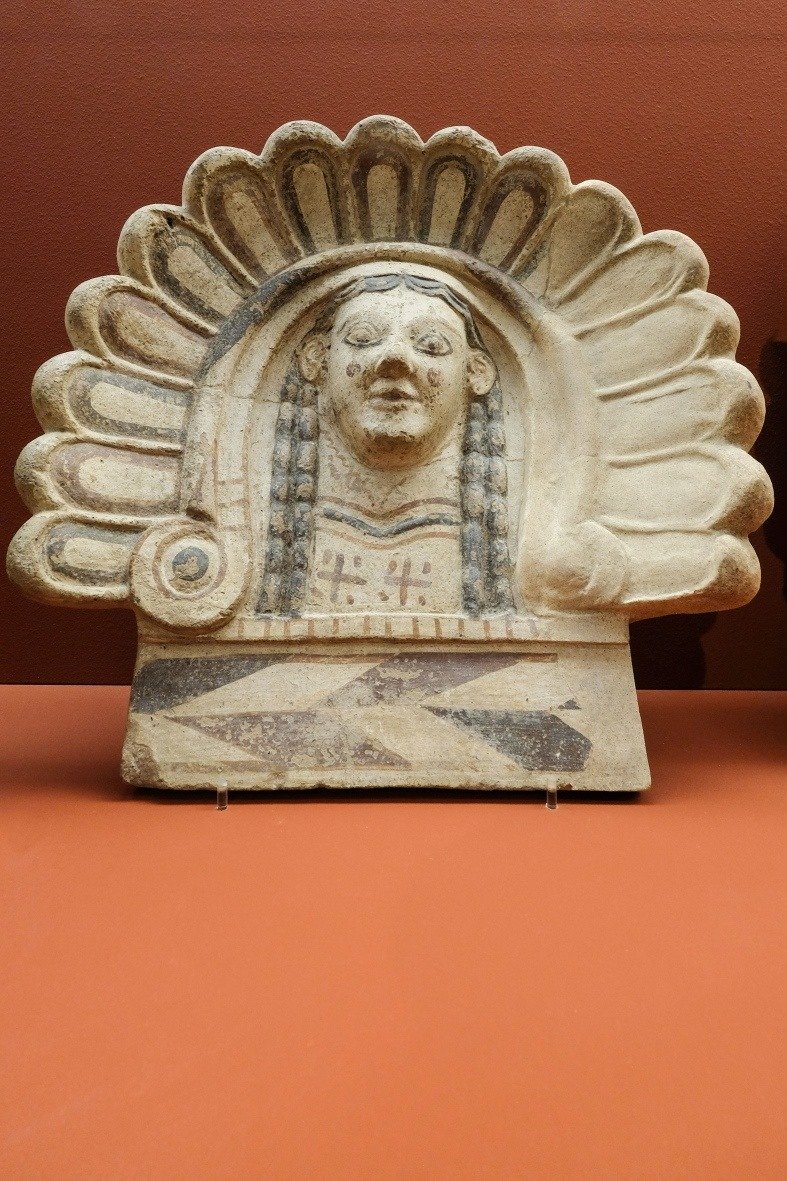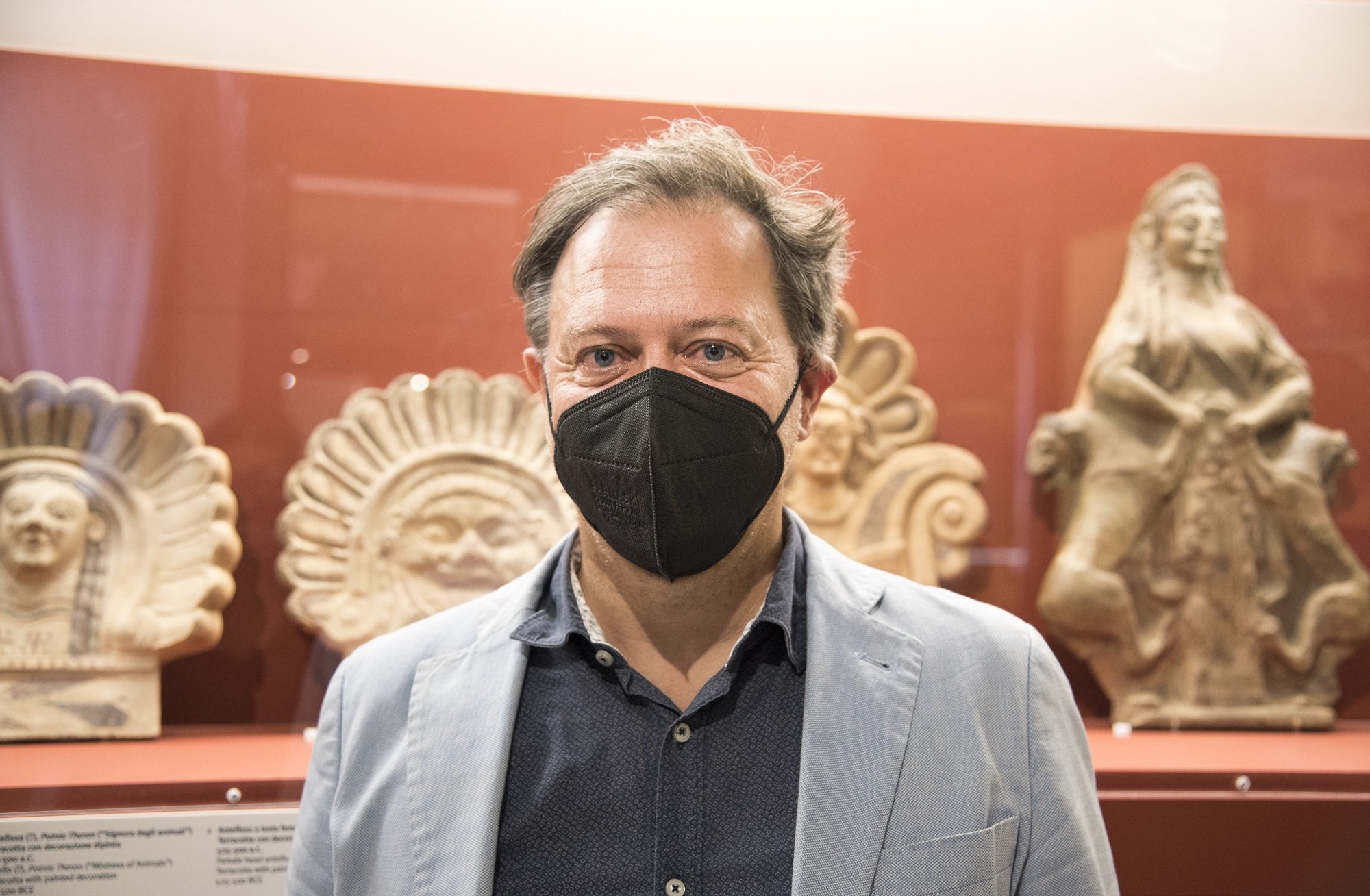Here on campus this fall, students have another unique opportunity for hands-on research experience in Savelli’s new course, ANCS/ICST 3506: Cultural Property Protection in a Global World. Through a partnership between Saint Mary’s and the Museo Archeologico Nazionale di Napoli (MANN), led by Museum Director Paolo Giulierini, the class will collaborate with the museum on a project involving the “Spinelli Archaeological Collection” led by Senior Curator Dr. Emanuela Santaniello.
“Students will be involved in the tracking of archaeological finds from the necropolis of Suessula, in the interland of Naples, that are now dispersed in museums all over Europe and North America,” says Savelli.
Mapping these objects will help the museum lay the groundwork for future exhibitions, narrating the story of how cultural heritage has scattered to different parts of the world. With some creativity, other museums housing artifacts could take part in presenting this international picture, even in a digital format.
“I hope the class becomes a workshop and a think tank on cultural property and the international issues related to its restitution and repatriation,” says Savelli.
She worked closely with the museum last year as a member of its research team behind an exhibition, “The Piana Campana. A Land without Borders.” Still ongoing, the exhibition focuses on Iron Age interactions among Greek settlers, Etruscans and Indigenous communities in the Piana Campana region north of Naples.
It’s all part of a bigger project that will enable more field schools, student exchanges and internships in the future. The opportunities for students stem from a memorandum of agreement between the museum and Saint Mary’s, signed in 2020 to foster scientific and academic cooperation.
“Through this partnership, ancient studies in Italy take a prime position in our international academic offerings,” says Dr. Robert Summerby-Murray, President and Vice-Chancellor of Saint Mary’s. “It’s a tremendous opportunity for us to collaborate with one of the most important archaeological museums in the world, whose holdings include the Farnese and Pompeian Collections and thousands of other artifacts from Etruscan, Greek, and Egyptian civilizations.”
Dr. Giulierini adds: “The MANN is pleased to offer educational opportunities for Canadian students and faculty, and to provide first-hand knowledge of ancient material culture.”
The partnership complements the field projects at Villa di Tito and Incoronata “greca”, says Savelli, enhancing opportunities for students to learn about the conservation and management of archaeological collections. As a researcher, the most intriguing aspect for her is taking a fresh look at colonial times in the ancient world, and seeing what it can teach us about the present.
“This is really about how each country defines its own identity through its past. And it’s not just about the past—for us in Canada, it’s also about our reality.”







